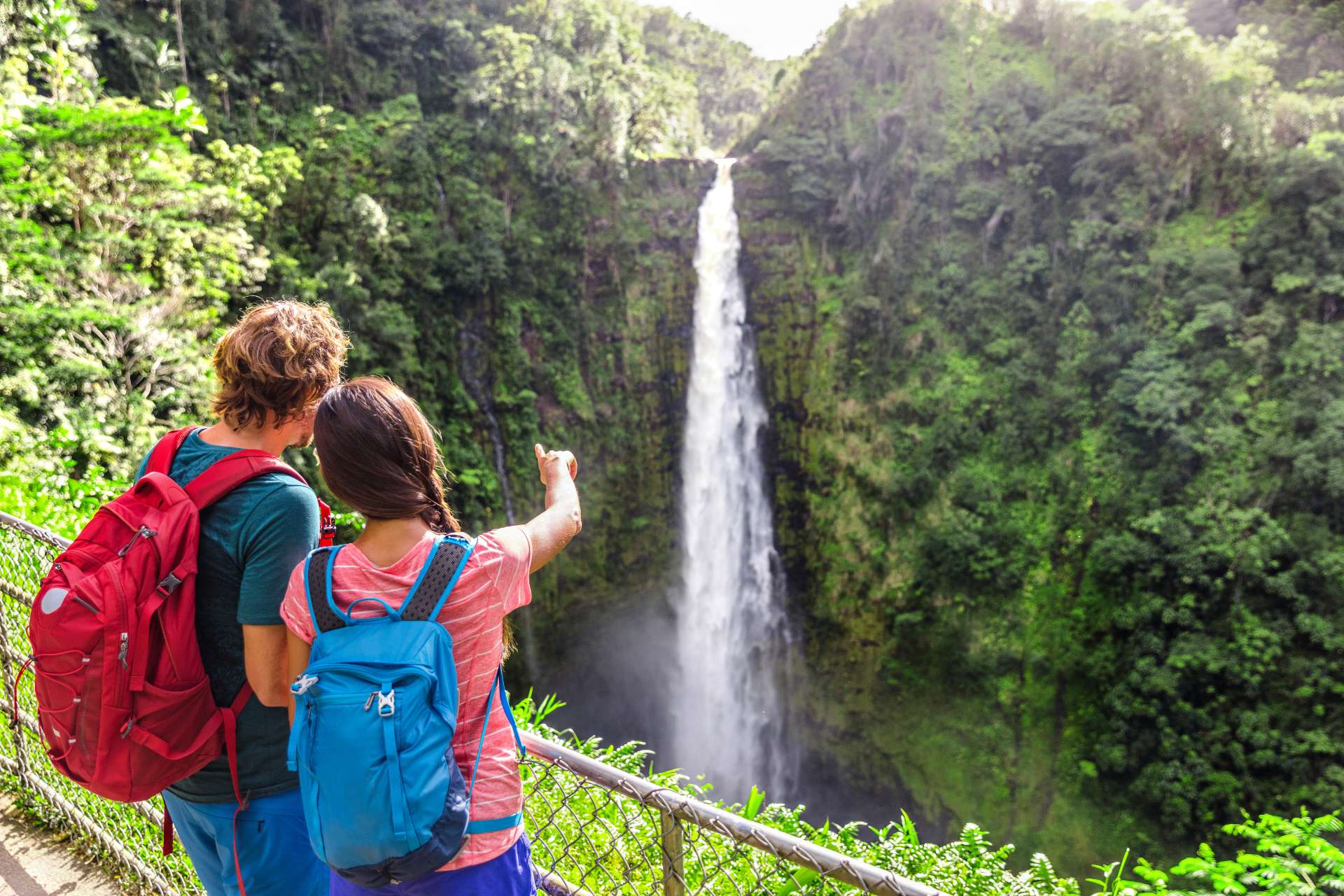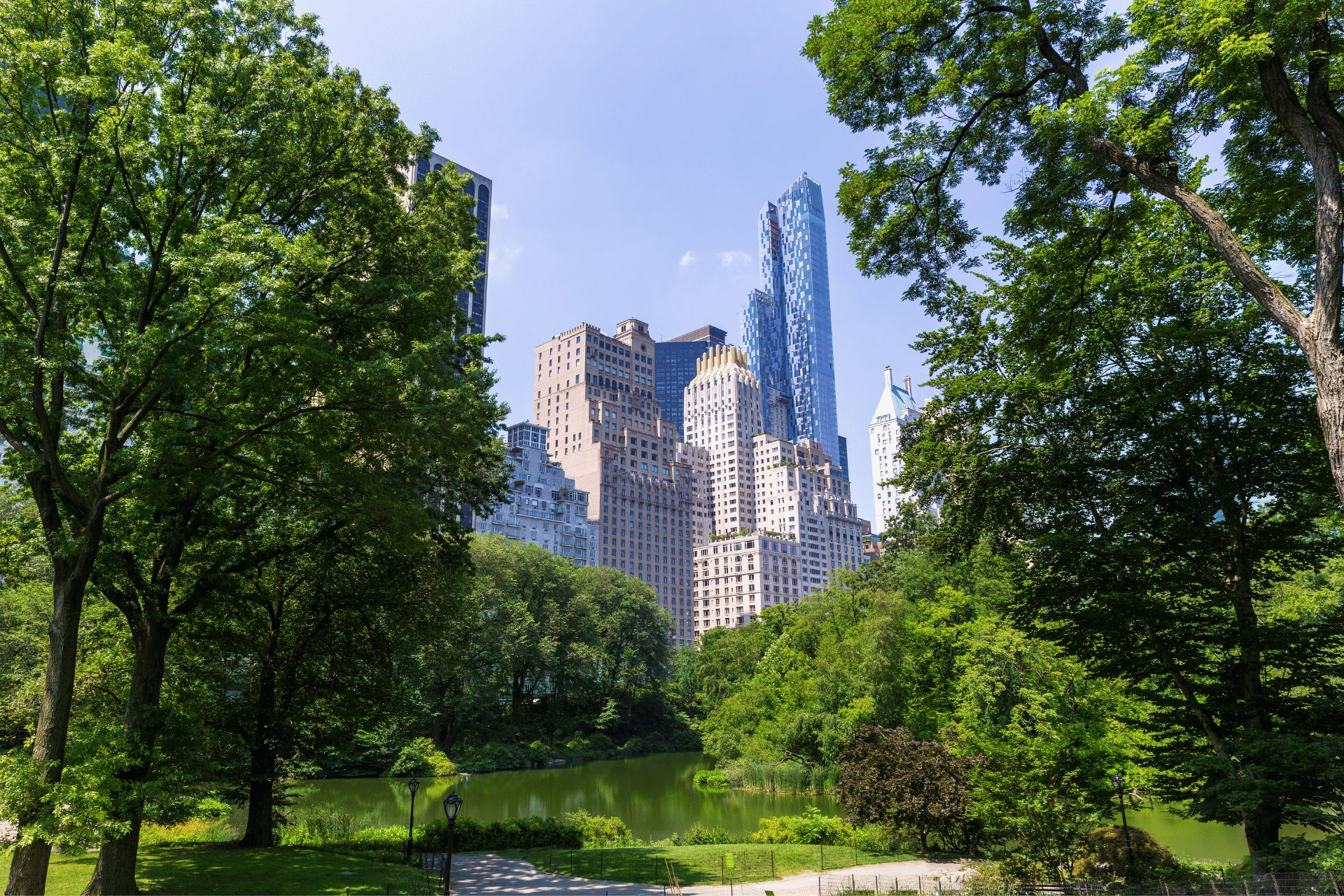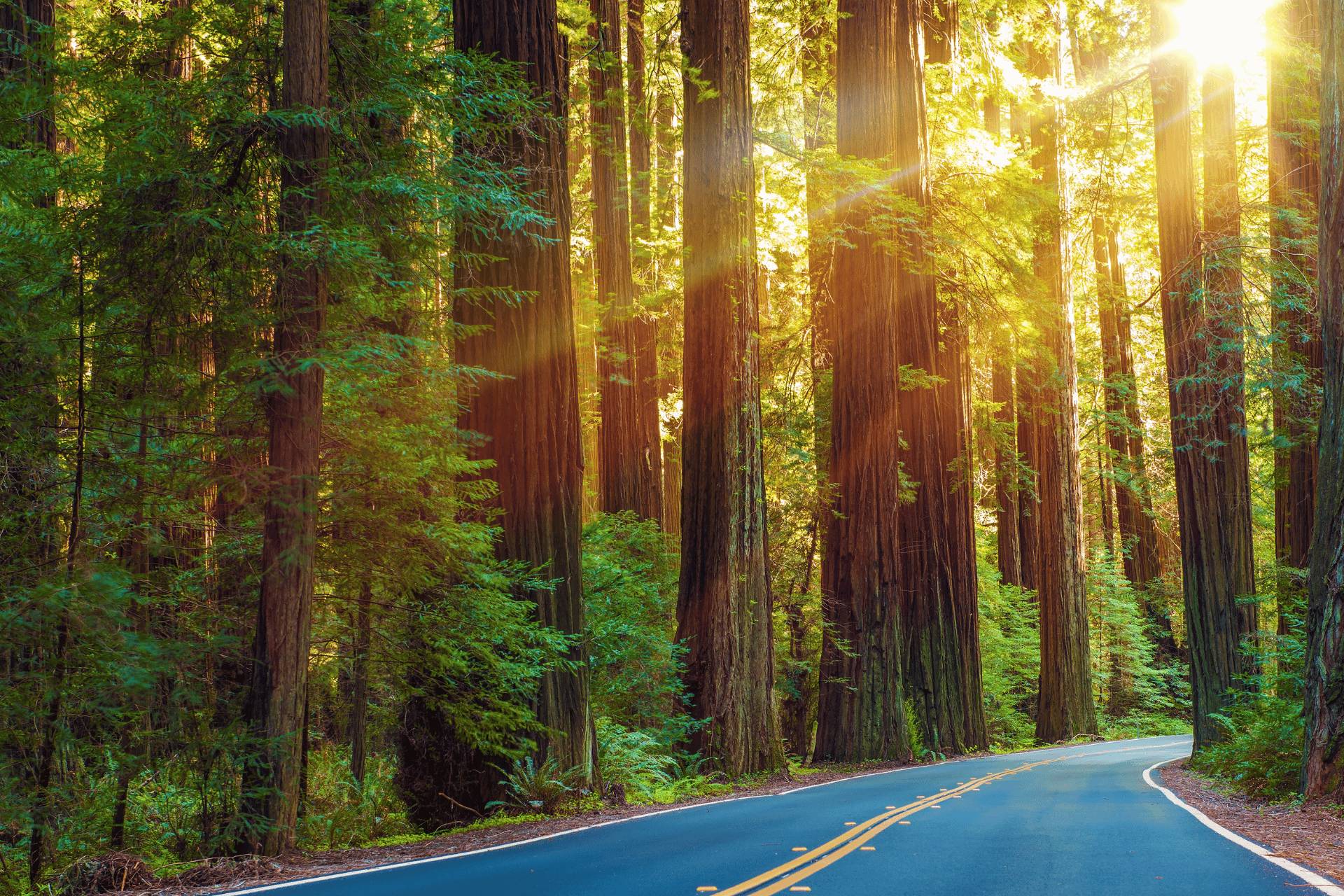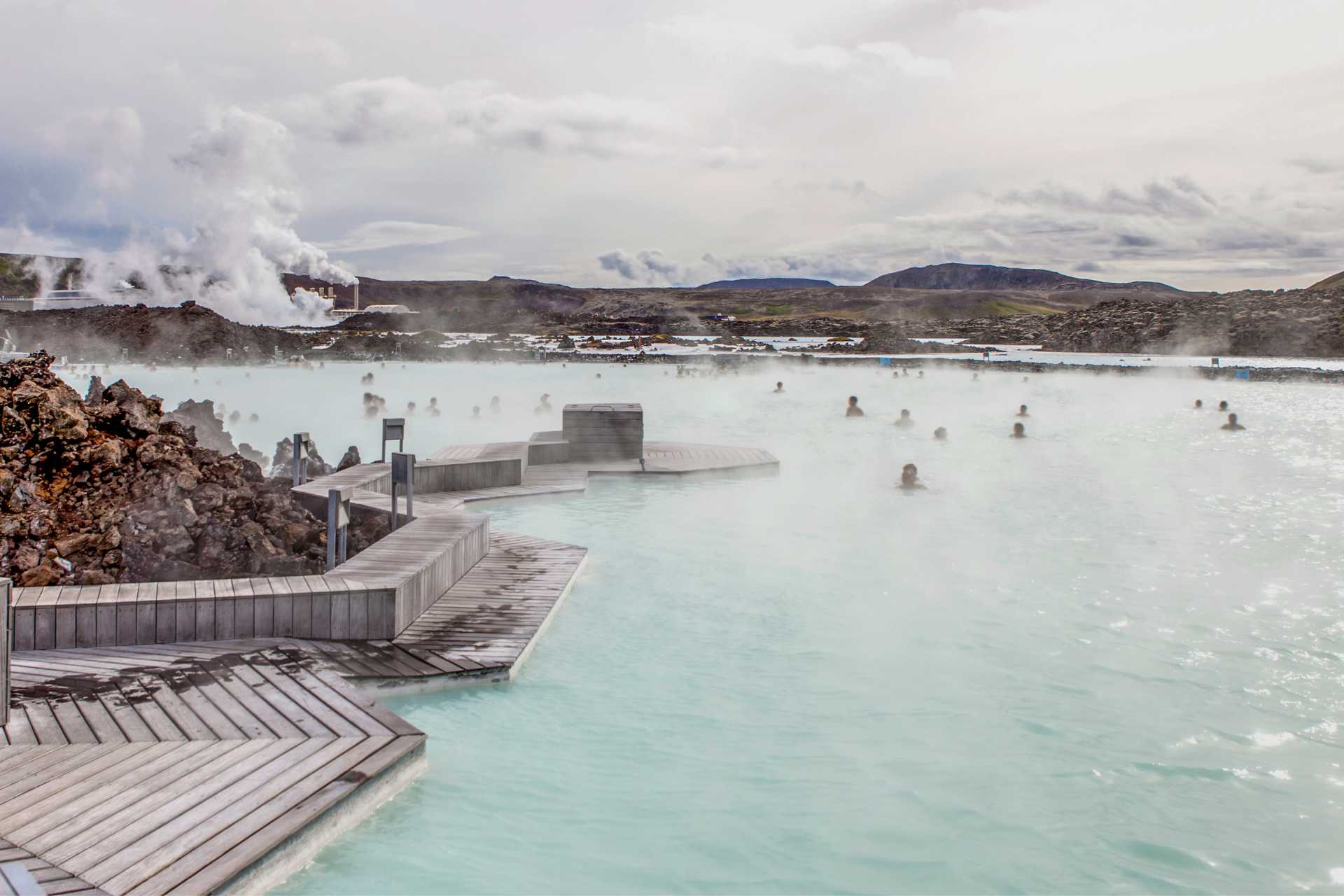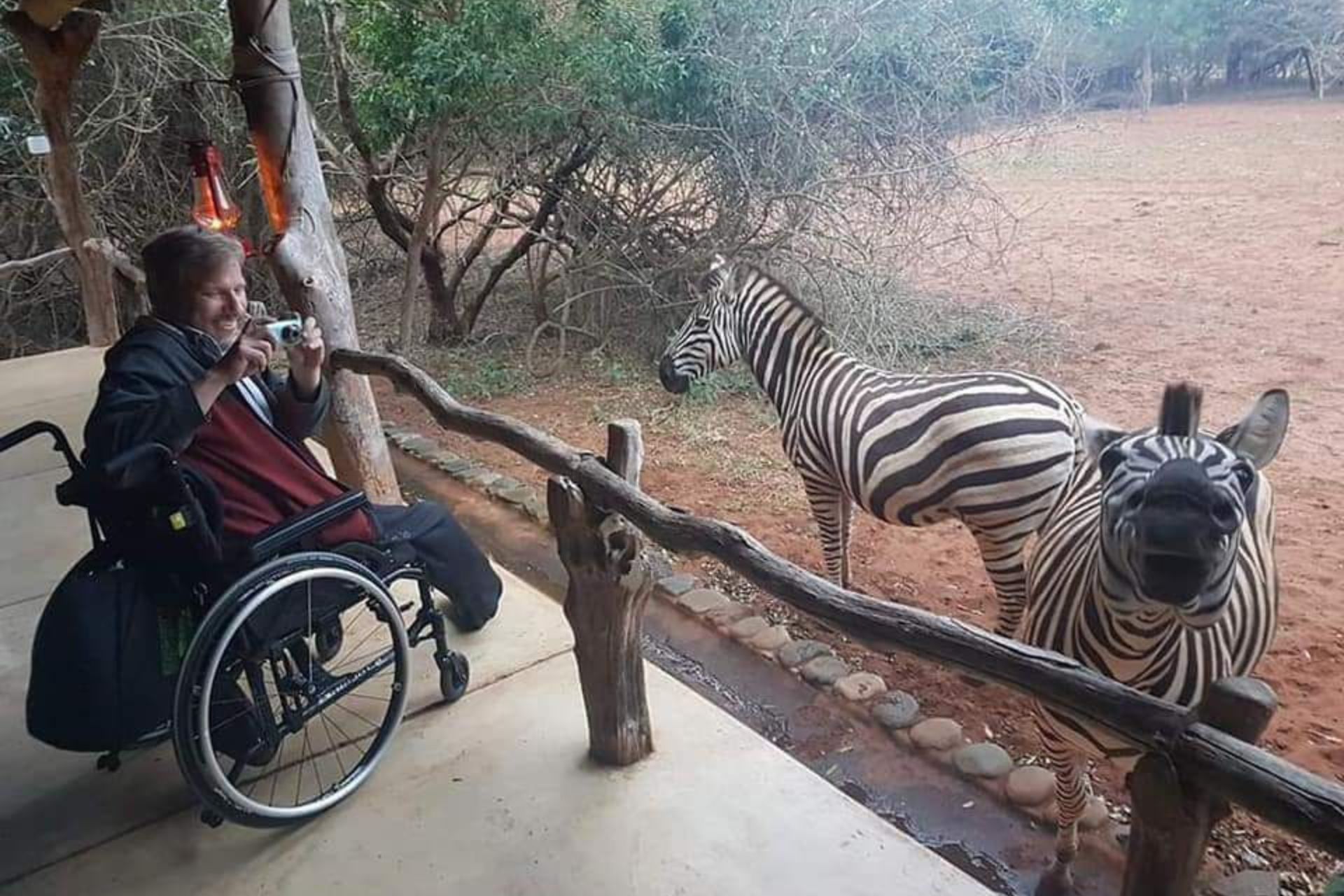An Accessible Guide to Machu Picchu
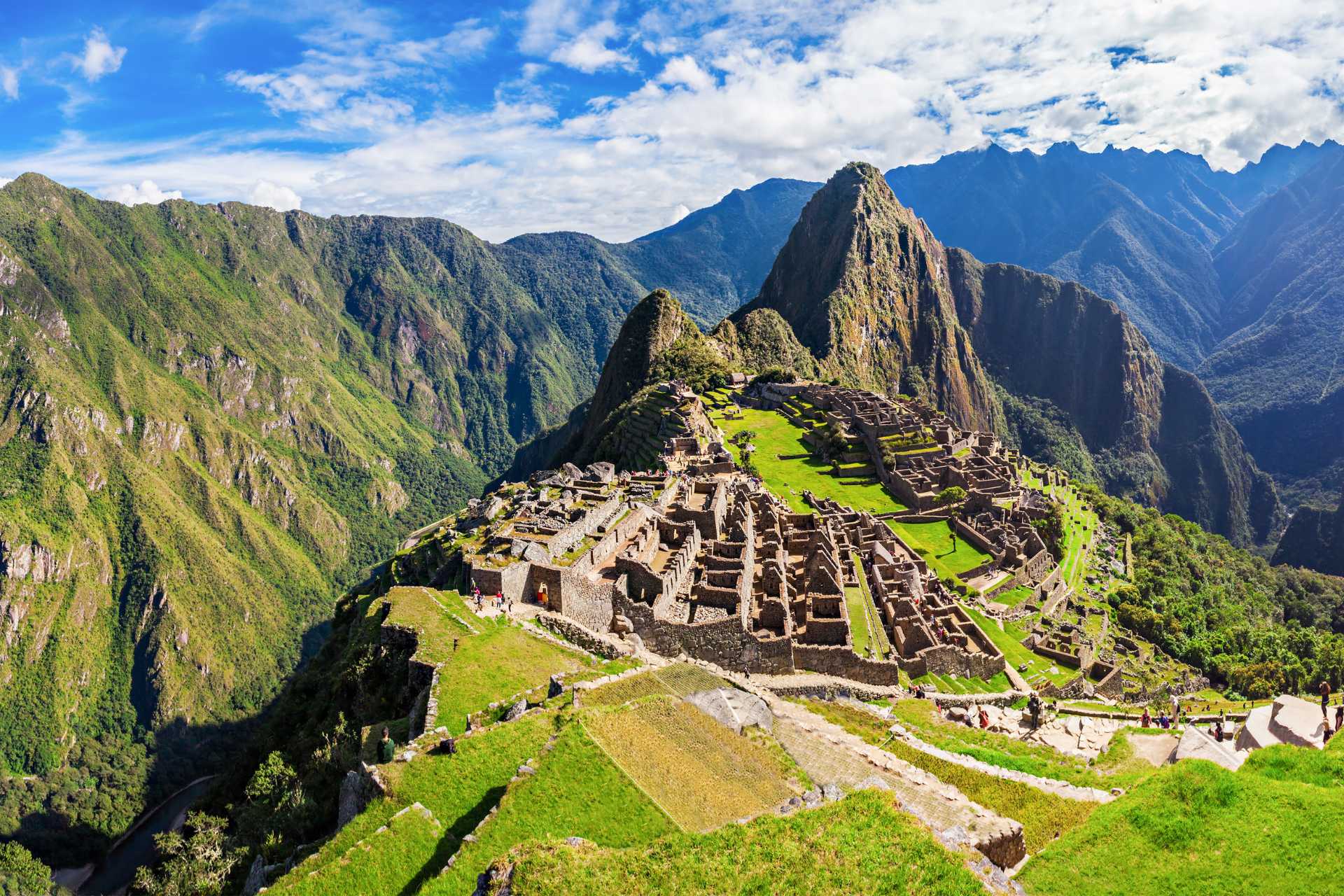
Breathtakingly perched in the rugged mountains of Peru, Machu Picchu stands as a testament to the grandeur of the Inca civilization. This enigmatic site has not only captivated historians and archaeologists but also travelers enchanted by its profound beauty and mysterious past. As an accessible travel haven, it’s more than just a tourist attraction; it’s a journey through history, nature, and incredible architectural ingenuity.
Rediscovering the Lost City of the Incas
In the words of Hiram Bingham, the intrepid explorer who brought Machu Picchu’s wonders to the world’s attention in 1911, there is possibly no place on earth that compares to this majestic site. Nestled atop a lush, tropical mountain forest, Machu Picchu is the epitome of tourism excellence in Peru, offering a mesmerizing blend of history, culture, and architectural splendor that draws millions of awe-struck visitors annually.
A UNESCO Heritage Site of Cultural and Natural Significance
Proclaimed a World Heritage site in 1983, Machu Picchu remains a sterling example of the Inca Empire’s architectural prowess. The meticulously constructed citadel, featuring temples, palaces, terraces, and monuments, amidst nature’s bounty, is a living testament to Incan wisdom and craftsmanship.
Enigmatic Origins and Theories
Despite its global fame, Machu Picchu harbors secrets and theories regarding its original purpose. Whether it served as a royal mausoleum, an administrative hub, a link between the Andes and the Amazon, or a retreat for nobility, it continues to fascinate scholars and tourists alike, symbolizing the Inca Empire’s architectural and engineering marvels.
Exploring the Citadel: A Glimpse of Incan Life
Machu Picchu’s archaeological treasures are abundant, with nearly 200 points of interest artfully intertwined with the natural landscape. Visitors can explore distinct sectors – the agricultural terraces and the urban settlements, each revealing insights into the Incan way of life, from farming practices to ceremonial rituals. One unique way to see this UNESCO beauty is via the virtual tour of the museum.
The Sacred Rock: An Astronomical Marvel
Among the many mystical symbols in Machu Picchu stands the Sacred Rock, a monumental structure thought to play a significant role in astronomical studies during the Incan era. Its precise carving and positioning further highlight the Incas’ advanced understanding of celestial bodies.
A Sanctuary Rich in Biodiversity
Beyond its architectural wonders, Machu Picchu boasts a diverse ecosystem, owing to its strategic location between the Andes and the Amazon. Visitors can encounter an array of wildlife, including rare bird species, majestic mammals, and a vibrant collection of butterflies and reptiles, all thriving in this protected haven.
Orchids: Nature’s Prized Jewels of Machu Picchu
The sanctuary takes special pride in its exotic orchids, with an astonishing 370 varieties gracing its pathways and nearby reserves. This extraordinary concentration represents a significant percentage of Peru’s native orchid species, making Machu Picchu a world-renowned site for enthusiasts and researchers.
Journeying to the Mystical Heights
Reaching Machu Picchu is an adventure in itself, with routes encompassing air, land, and rail segments. The journey from Lima to Cusco, followed by a scenic drive to Ollantaytambo and a picturesque train ride, culminates in the grand entry to the historic sanctuary, promising visitors an unforgettable experience.
Accessibility Machu Picchu
Machu Picchu suitable for people in wheelchairs. However, the help of other people is needed for the entrance and the tour. In the Inca City there are staff willing to help visitors in wheelchairs. You can view the different circuits here.
Huayna Picchu is famous for hosting the Temple of the Moon, the ‘Stairs of Death’ and one of the most spectacular views of Machu Picchu. People in wheelchairs cannot ascend the paths of Huayna Picchu.
The Machu Picchu mountain has steep roads until reaching the highest point of the Wonder of the World. At the foot of this summit, the Incas built Machu Picchu, whose name was adopted by the Inca City. Unfortunately, this adventure is also not allowed for visitors in a wheelchair.
The Machu Picchu museum is a cultural site that exhibits Inca ceramic pieces found in the archaeological site. This museum also exhibits the tools used in the first excavations in Machu Picchu. Tourists in wheelchairs can visit the Machu Picchu museum. To do this, they must purchase the ticket Machu Picchu + Museum.
Machu Picchu is more than a destination; it’s a gateway into a bygone civilization, an open museum of cultural heritage, and a vibrant ecosystem. Whether you’re a history buff, nature lover, or adventure seeker, the journey to this ancient citadel promises a unique, enriching experience that resonates beyond its enigmatic stones and into the heart of human ingenuity and perseverance. As you plan your visit, embrace the opportunity to step back in time and immerse yourself in the enduring legacy of the Inca Empire.

